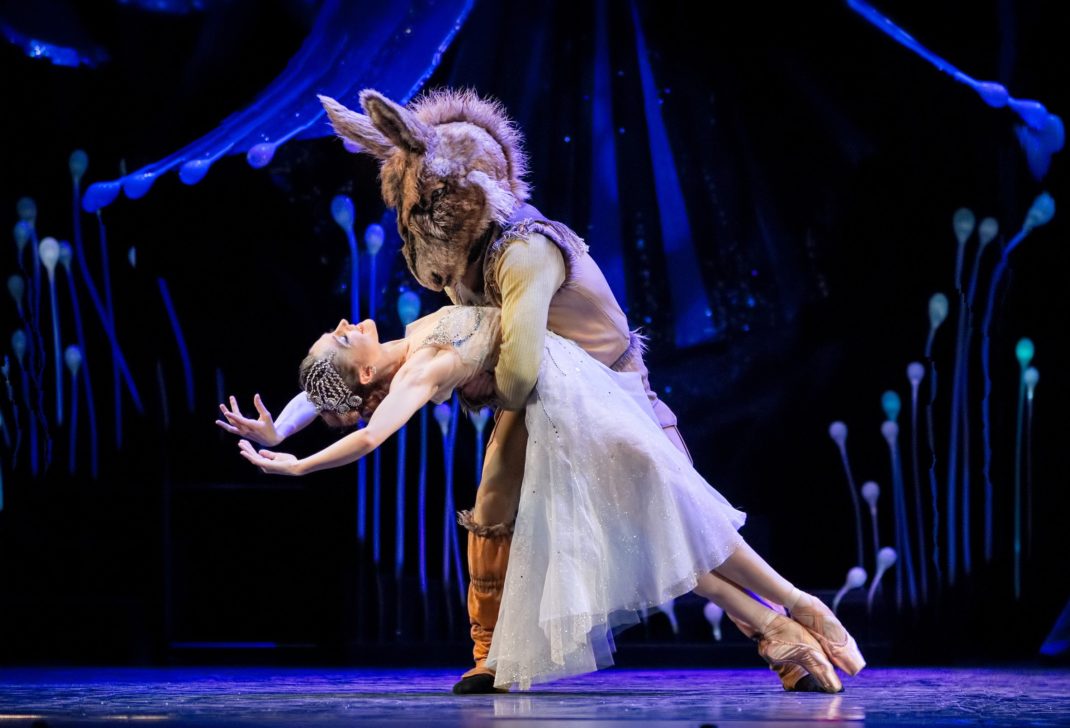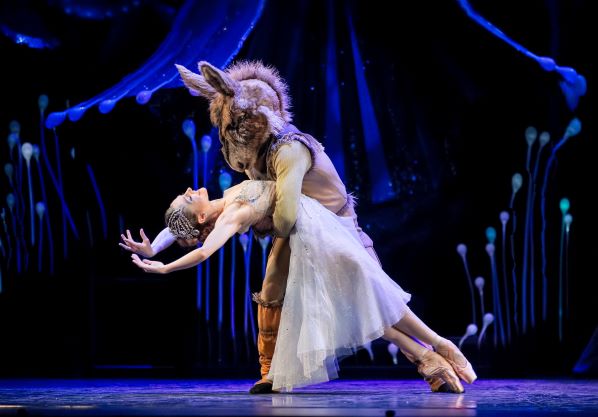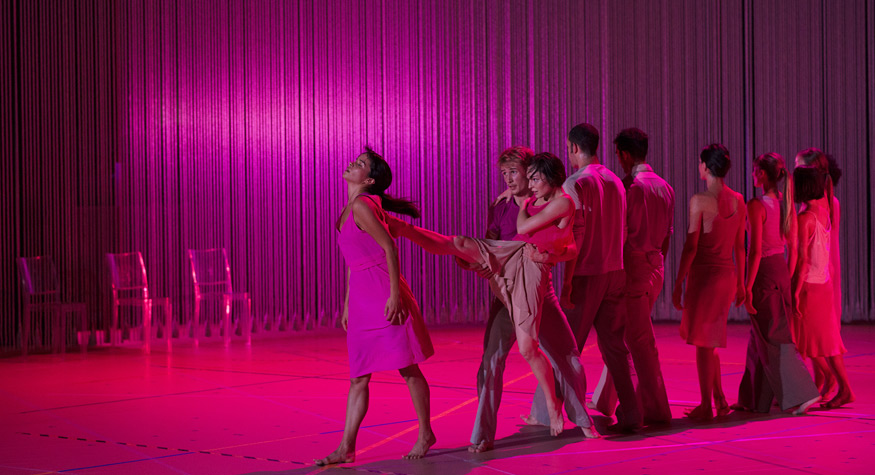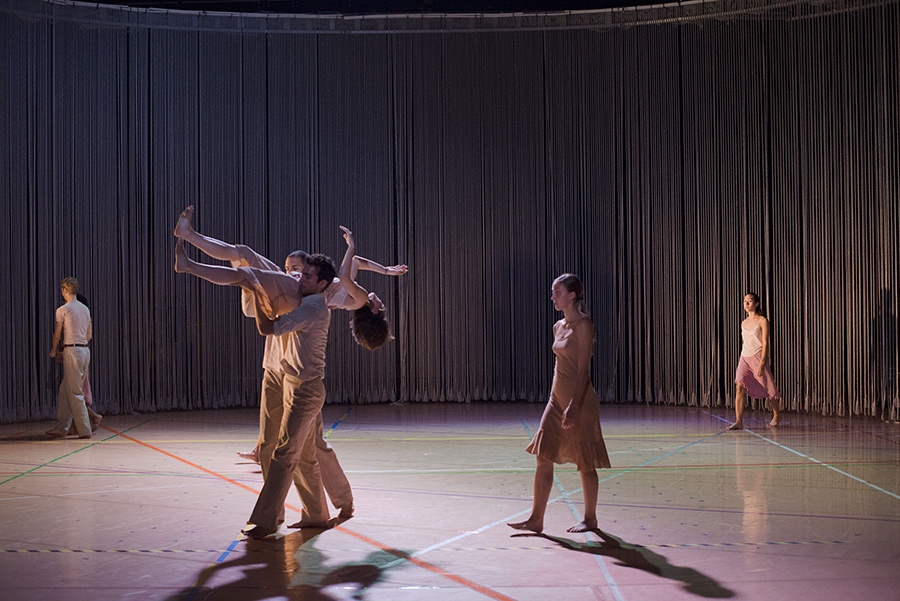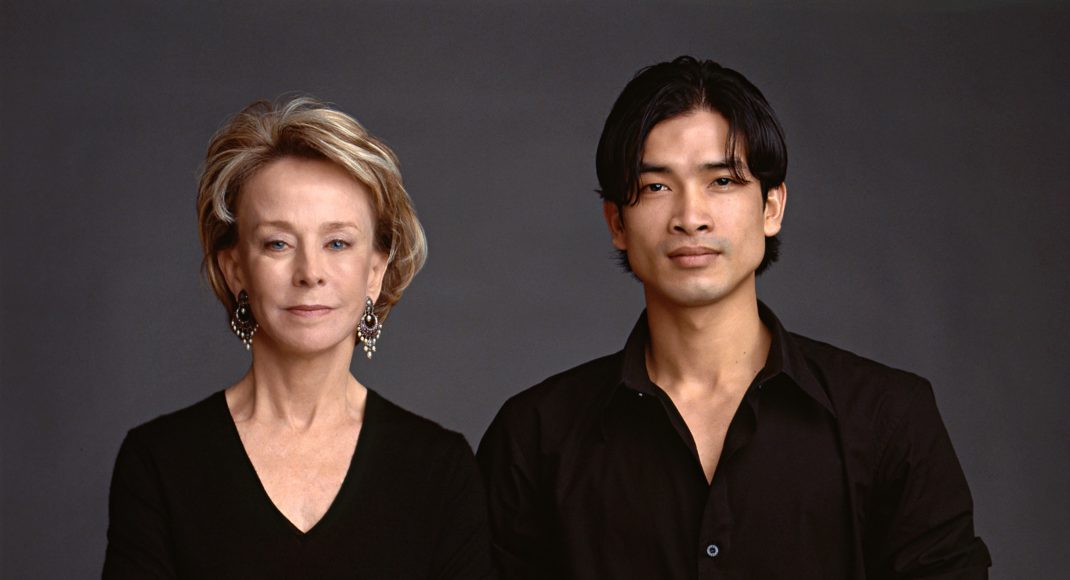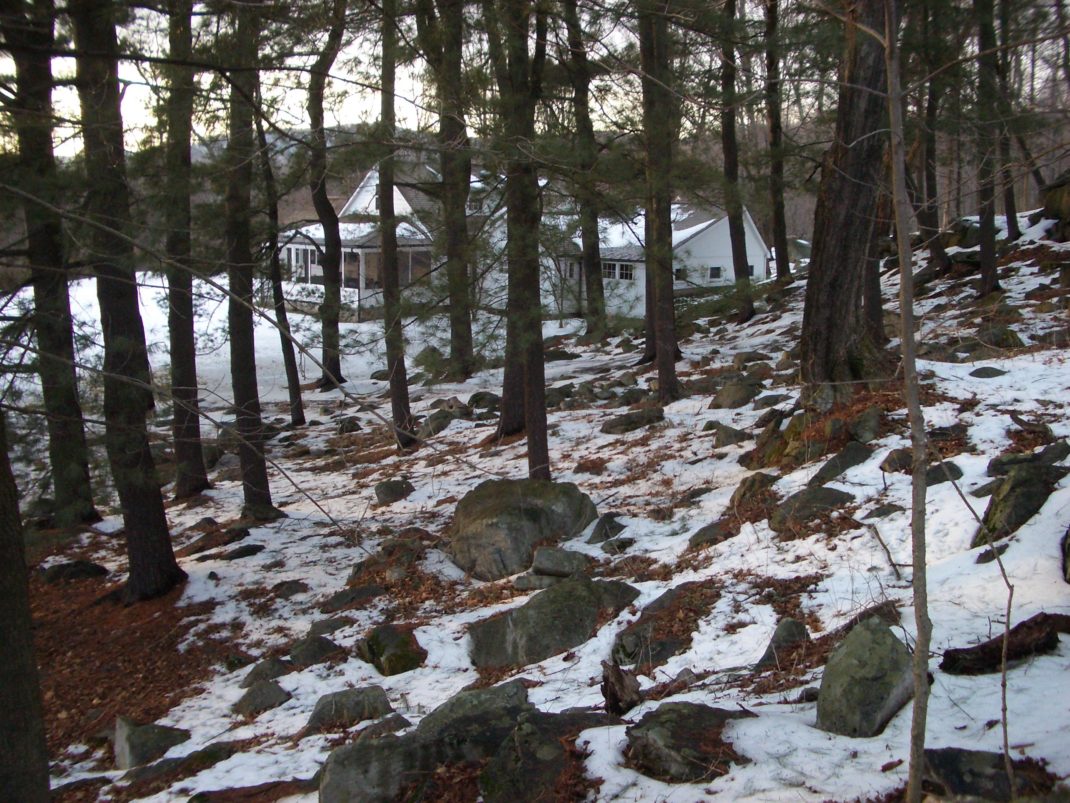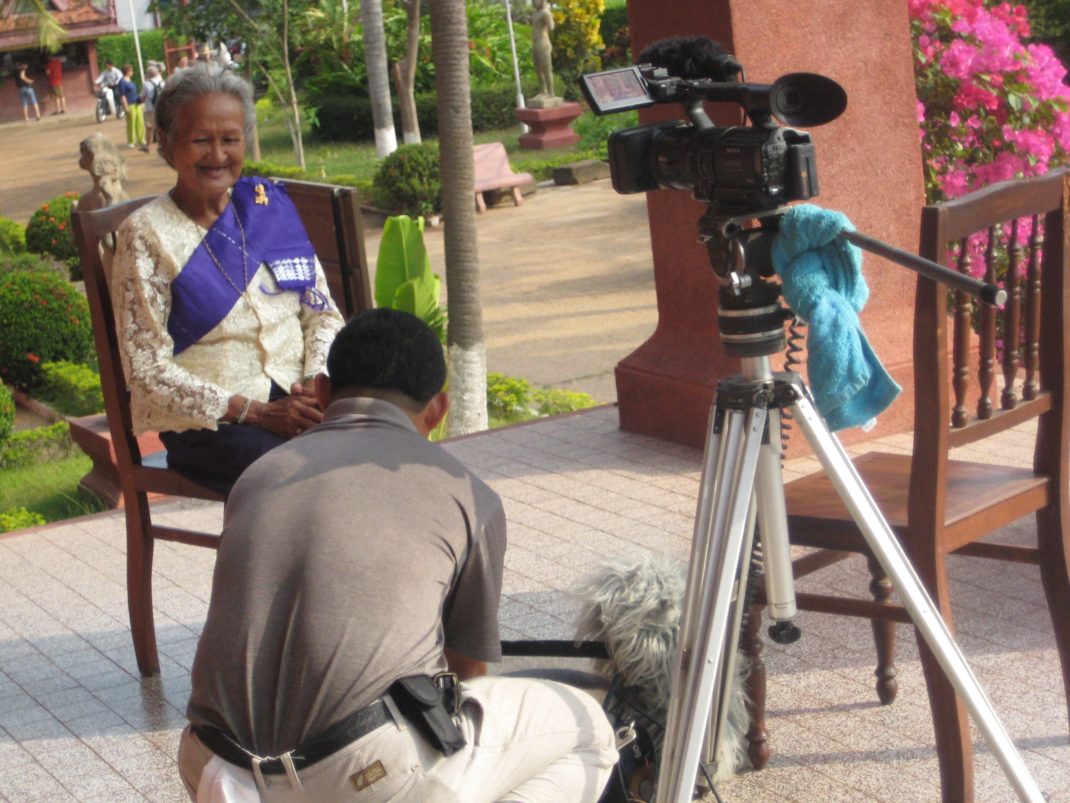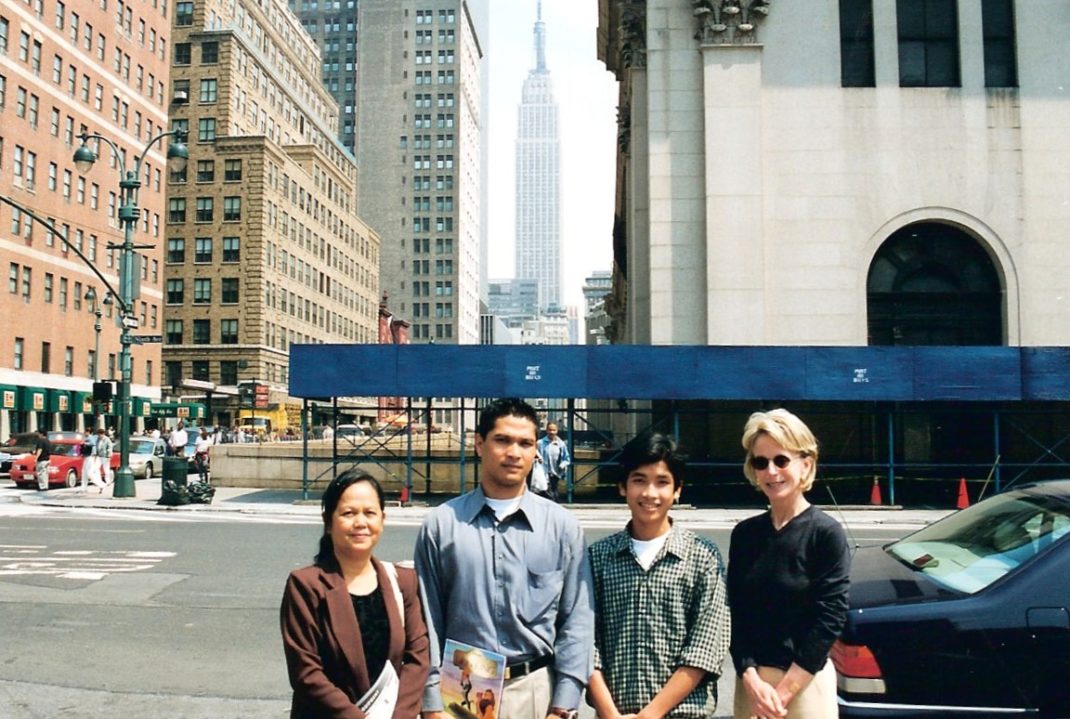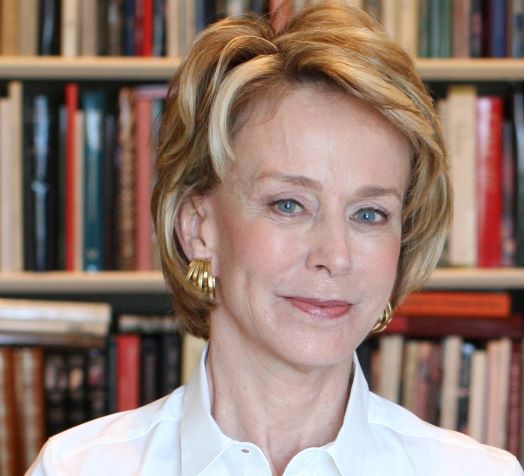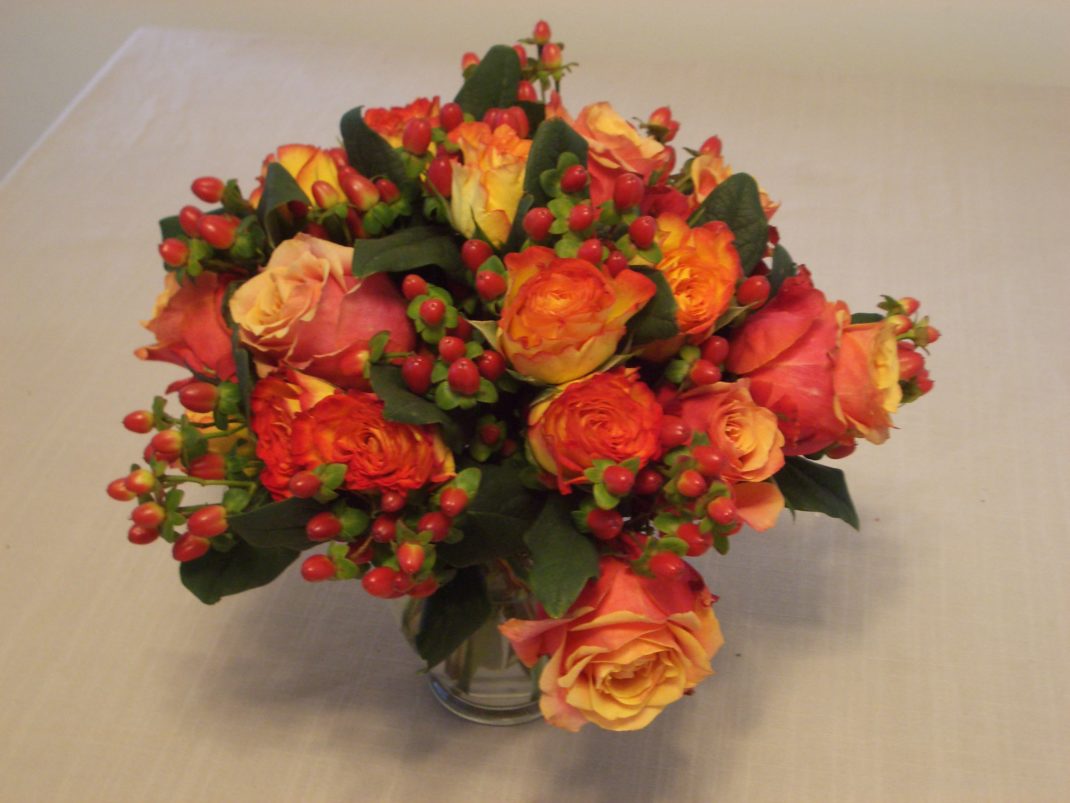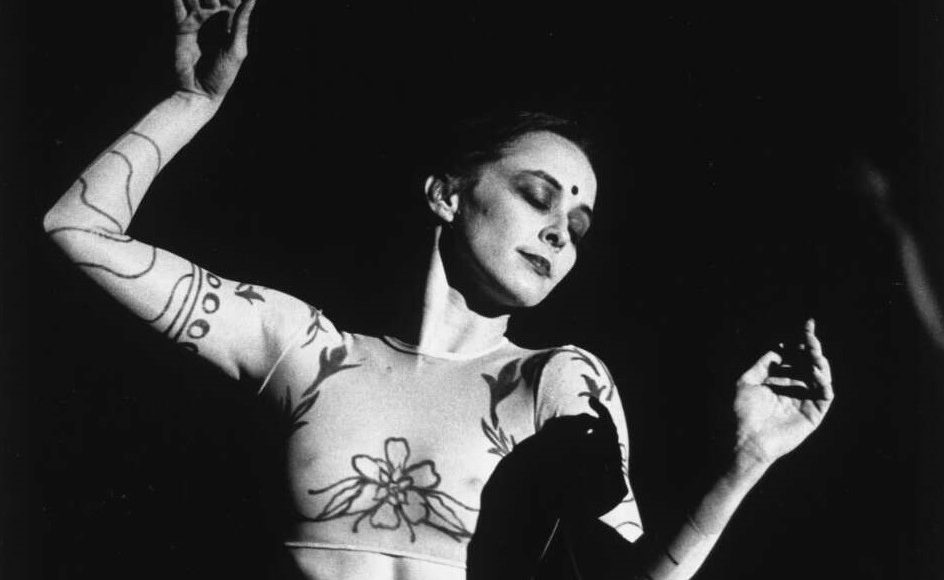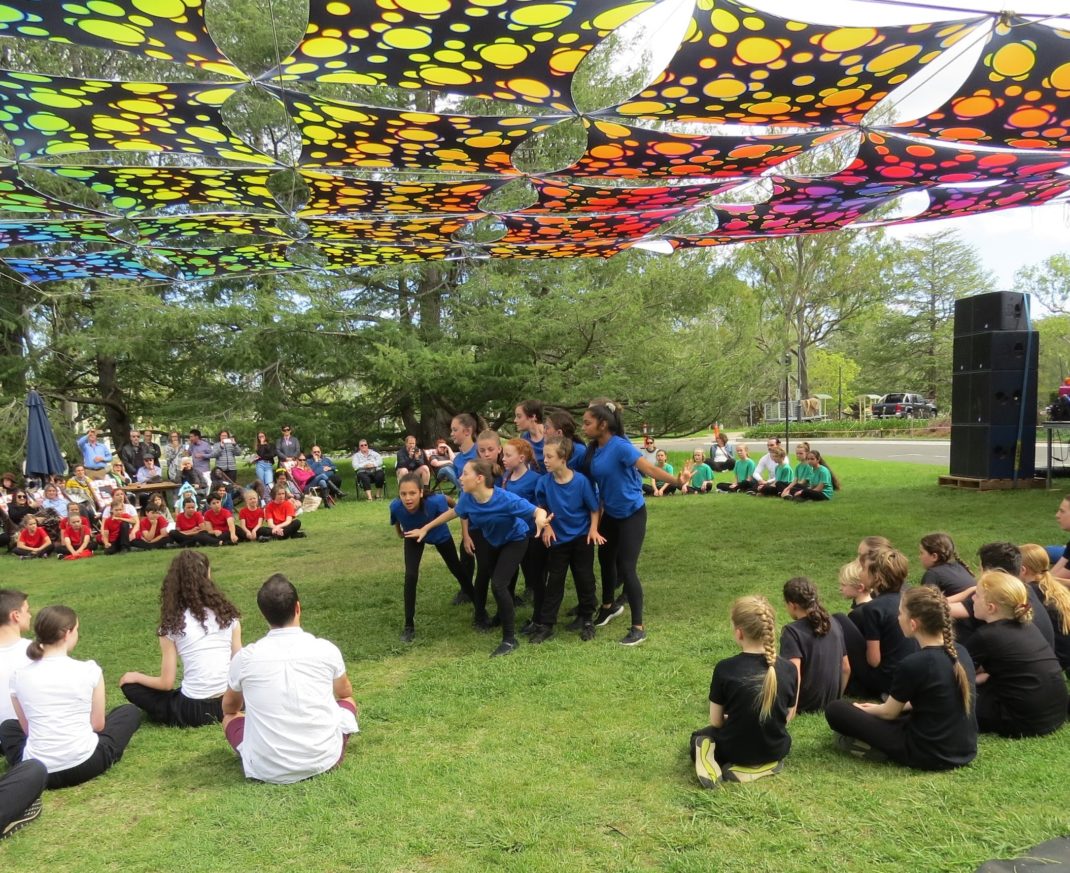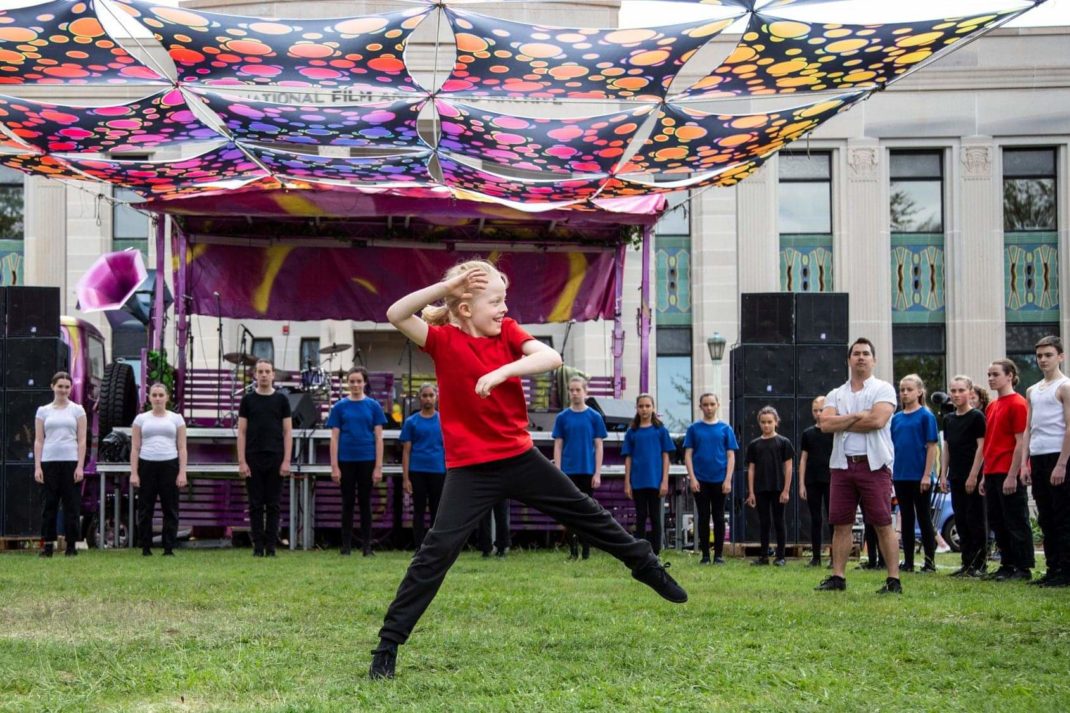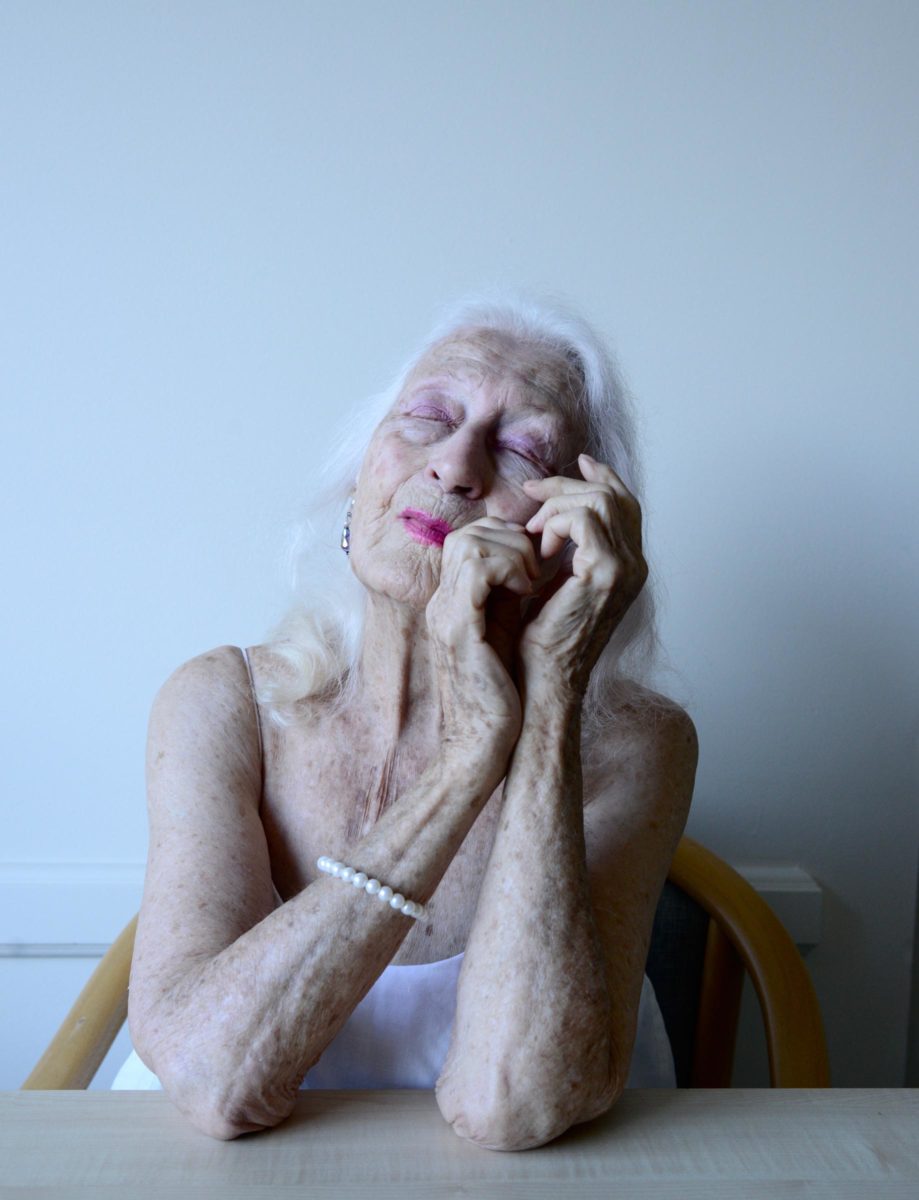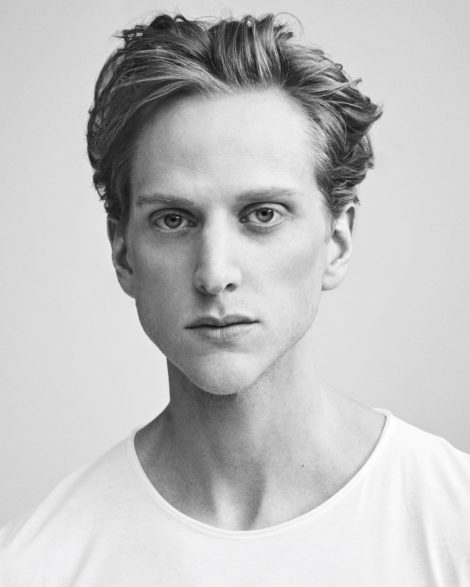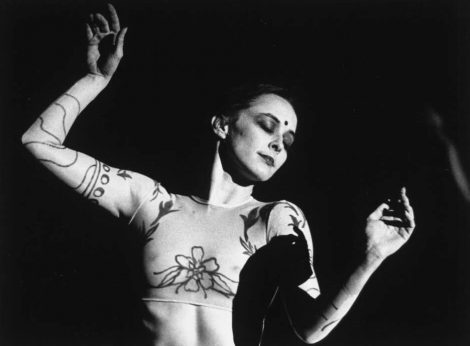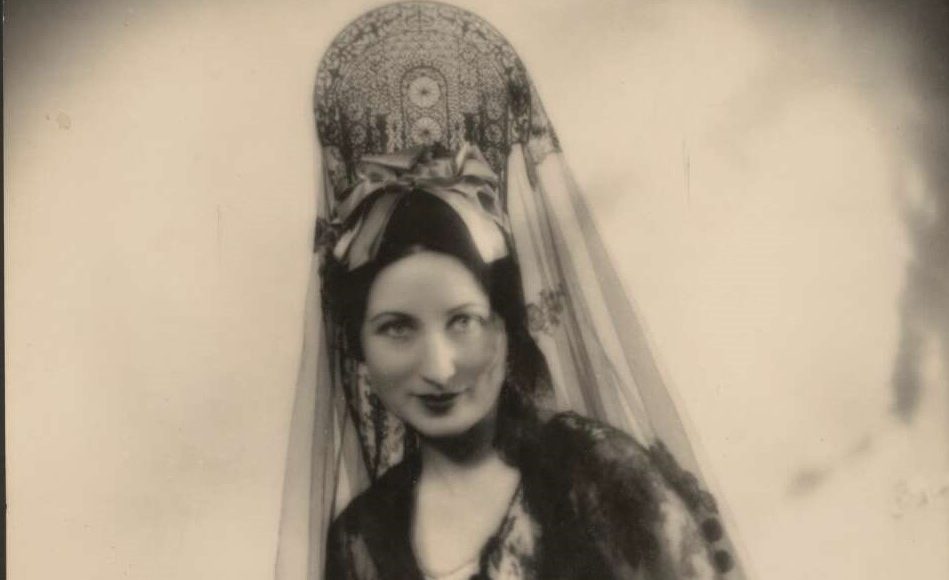Royal New Zealand Ballet is making available a range of videos of productions from the repertoire for free home viewing for a brief period during the covid-19 lockdown. The dress rehearsal of their 2015 production of A Midsummer Night’s Dream screened last week.
Comment by Jennifer Shennan
This ballet was originally commissioned by director Ethan Stiefel in a promising initiative for Royal New Zealand Ballet and Queensland Ballet to share resources, production and performance rights. The project could have grown to include other productions, teacher and dancer exchanges and residencies, and the concept of trans-Tasman co-productions was heartening. The premiere season of MND was staged here during the term of the next director Francesco Ventriglia.
The shimmering overture of Mendelssohn’s music for A Midsummer Night’s Dream evokes a humming faerie world. The dark blue-black midnight stage flickers alight with fireflies and glow worms. This is a visit to Waitomo Caves, after-dark Zealandia, Otari Bush or Botanical Gardens, the remembered hush of night in those places. You don’t need a grandchild holding your hand, though it helps, to know the feeling that magic could be out there, or look there, or quick another one over there. This entire production delivers on the promise caught in those quivering opening moments—with choreography, design and music inseparably part of what is arguably one of the best works in the company’s repertoire.
Liam Scarlett’s exquisite choreography drew galvanised performances from each of the dancers who were members of RNZB back in 2015. This viewing is a welcome reminder of their verve and style, the stage positively buzzing with the wit of a team of dancers who knew each other well and could together rise to a performance of such assured calibre. It is poignant in the extreme that we have loved and then lost so many of these artists in the swift turnover of dancers during the months that followed. There’s always a mobility of dancers amongst ballet companies but the scale and timing of that particular exodus wrought a major shift in the RNZB’s artistic identity.
Nigel Gaynor, music director back in the day, made an inspired full-length score by extending Mendelssohn’s original incidental music with seamlessly interpolated excerpts from others of his compositions. Gaynor conducted the NZ Symphony Orchestra and the result was a transport of delight.
Tracy Grant Lord produced fabulous designs for a number of major RNZB productions—for Christopher Hampsons’s Cinderella and Romeo & Juliet, as well as this Midsummer Night’s Dream. Lighting design by Kendall Smith positively sparkles with the wit of illuminating fairies and caverns themselves, rather than simply throwing light at them.
My review in 2015 was based on the performance by Lucy Green as Titania, Qi Huan as Oberon, both splendidly cast. This video has Tonia Looker and Maclean Hopper as leads and they do an equally fine job. Harry Skinner plays Bottom with a grounded quality that delights without overplaying the role, revealing an actor’s sensibility. Kohei Iwamoto is the quintessential Puck that Shakespeare must have had in mind when he wrote the character—daredevil, wicked, witty, mercurial rascal. Whatever the role, Kohei has always absorbed his virtuosic technique into characterisation and never used it for display. Even to watch him in a studio class was to see how his strength, precision and swiftness could grow into grace and the sprezzatura that Shakespeare knew all about ‘…that you would e’er do nothing but that.’
You could be moved by every moment of this ballet, beginning with a vulnerable young child caught in the crossfire of his quarrelling parents and their eventual hard-earned reconciliation, but one hilarious mid-moment breaks in to the action narrative as all of the cast dash en diagonale across the stage in pursuit of each other for the wrong and/or the right reasons—it’s a like a side-stage glimpse of the backstage life of all these characters—a cheeky wave and a wink to savour forever.
The fairies are a shimmering line-up—Lucy Green and Mayu Tanigaito among them—and Scarlett’s sense of comic timing draws a host of terrific performances—from Abigail Boyle, Paul Mathews, Laura Saxon Jones, Joseph Skelton, William Fitzgerald, Loughlan Prior, Jacob Chown. These assured performers really did work as a magic team, lucky we were. ‘Hence away. Now all is well. One alone stand sentinel …’
A recent saga has seen Liam Scarlett’s career with the Royal Ballet and elsewhere collapse into apparent ruin. The media fair bristled with leaked early reports (oh how salaciousness boosts ratings) but now the investigation seems to be over and the word is mum with the Royal Ballet declaring ‘There were no matters to pursue…’ So through that vagueness all we know is the heartbreak of Scarlett’s gifts destroyed, his career for now anyway at a standstill. Let’s meantime be grateful for the wondrous talents and team that made this ballet in the first place, and hope there can be some eventual resolution to the current impasse. Good on RNZB for screening his choreographic masterwork.
Jennifer Shennan, 20 April 2020
Featured image: Tonia Looker as Titania and Harry Skinner as Bottom in A Midsummer Night’s Dream. Royal New Zealand Ballet, 2015. Photo: © Stephen A’Court
